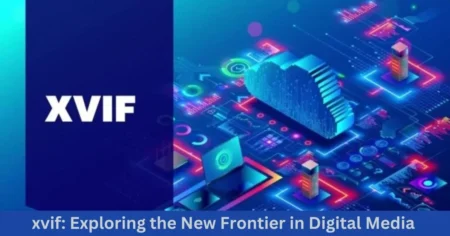The quick progressions in man-made reasoning (artificial intelligence) have brought a flood of development across different ventures, including diversion and media. Among these leap forwards are artificial intelligence dance generators and video face swap trading instruments, which are changing the way that we make, alter, and experience recordings. These innovations empower new degrees of inventiveness, personalization, and commitment, interesting to the two experts and specialists.
What Is an AI Dance Generator?
A simulated intelligence dance generator is a device that utilises AI calculations to make arranged dance developments, frequently synchronized to a chosen piece of music. These frameworks investigate the musicality, rhythm, and kind of the sound to produce dance moves that vibe normal and locking in. Famous uses of artificial intelligence dance generators remember making virtual symbols that can move continuously, delivering dance successions for music recordings, and giving motivation to choreographers.
One key benefit of AI dance generator is accessibility. For individuals who lack professional dance training, these tools offer an easy way to produce polished, lifelike dance performances. The technology is widely used in gaming, virtual reality (VR) environments, and social media apps, where animated characters perform intricate dances. TikTok and similar platforms have leveraged AI-generated dances to fuel viral trends and enhance user engagement.
The Rise of Face Swap Video Technology
Face swap video technology allows users to seamlessly replace one person’s face in a video with another’s. Powered by deep learning, these tools use neural networks to analyze facial features, expressions, and movements, creating highly realistic swaps. Face-swapping has gained immense popularity in areas such as entertainment, advertising, and content creation.
In filmmaking, face-swapping technology is often used for de-aging actors or creating digital doubles, saving time and reducing production costs. It has also enabled creative projects, such as videos that place celebrities into historical footage or user-generated content that adds a humorous twist by swapping faces with friends or family.
On social media, apps like Snapchat, Reface, and Instagram use face-swapping filters to offer engaging and fun experiences. They allow users to step into the shoes of their favorite movie characters, create mash-ups with friends, or transform themselves into iconic figures.
The Intersection of AI Dance Generators and Face Swapping
Combining AI dance generators with face-swapping tools opens up new possibilities for personalized video content. Imagine creating a dance video where your face is seamlessly swapped onto a professional dancer’s body as they perform intricate choreography. This fusion of technologies has potential applications in:
- Social Media Content Creation: Users can generate unique, personalized dance videos featuring their own faces, enhancing engagement and creativity.
- Marketing and Branding: Brands can use this combination to create eye-catching advertisements featuring digital personas or celebrity face swaps on dynamic dance performances.
- Entertainment Industry: Musicians and filmmakers can produce cost-effective, visually striking videos that incorporate AI-generated dance routines and face-swapped actors or performers.
- Gaming and Virtual Reality: Players can see their own faces on avatars performing AI-generated dances, increasing immersion and personalization in virtual environments.
Ethical Considerations and Challenges
While these innovations are energizing, they accompany moral difficulties. Face-trading, specifically, raises worries about assent and abuse. Deepfake innovation, which depends intensely on face-trading, has been utilized to make non-consensual recordings and spread falsehood. Resolving these issues requires clear approaches, vigorous verification frameworks, and mindful use rules.
Computer based intelligence dance generators additionally face analysis for possibly diminishing the worth of human creativity. Some concern that depending on man-made intelligence for movement might subvert the imagination and profound profundity brought by proficient artists and choreographers.
The Future of AI Dance and Face-Swapping Technology
As AI continues to evolve, the integration of dance generation and face-swapping is likely to become more sophisticated and accessible. Future advancements may include more accurate facial mapping, the ability to integrate realistic body movements seamlessly, and enhanced customization options that cater to individual preferences.
Moreover, developers are working on ethical safeguards to prevent misuse. For example, watermarking technologies and content verification systems can help identify AI-generated videos, ensuring transparency and accountability.
Conclusion
AI dance generators and face-swapping video tools represent the forefront of creative AI innovation. They empower individuals and businesses to explore new forms of expression, blending technology with artistry. While there are challenges to address, such as ethical concerns and potential misuse, the benefits of these tools are vast. By fostering accessibility and personalization, they are redefining the way we interact with and create digital content, setting the stage for an exciting future in AI-driven media.









